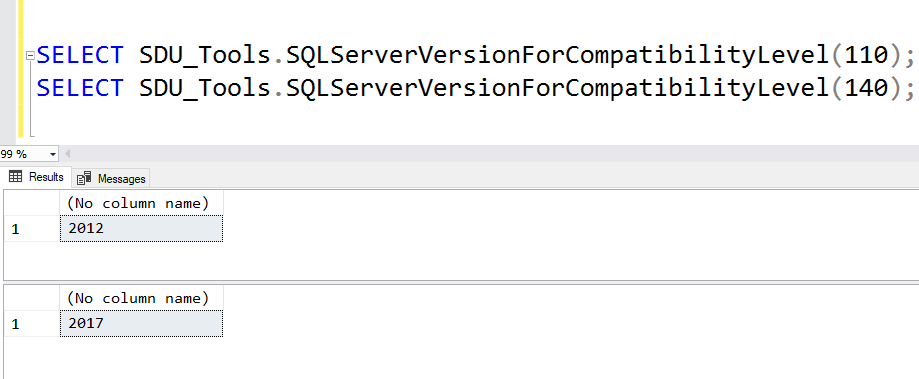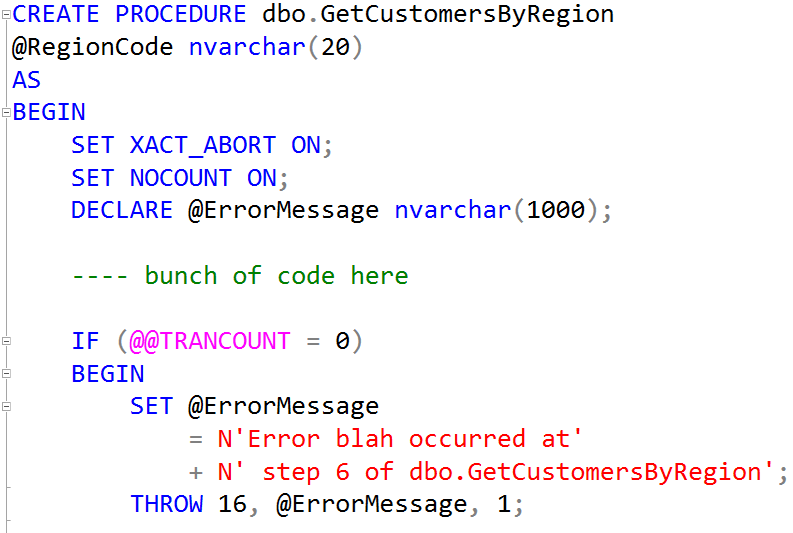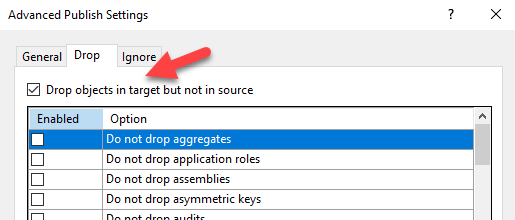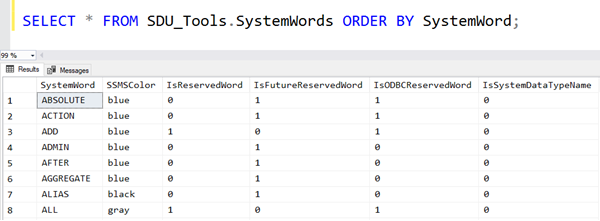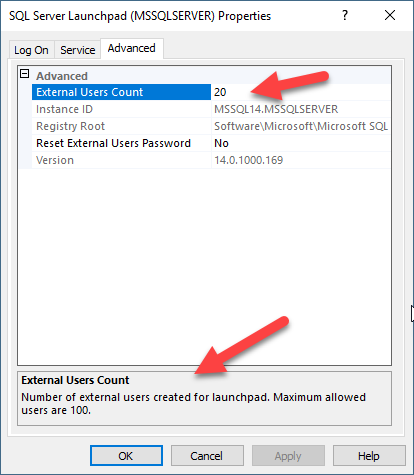
ML: Properties of the LaunchPad service - changing the concurrent session limit
In a recent post, I discussed issues I found when testing the Machine Learning Services setup in SQL Server 2017.
After that, my old friend Niels Berglund also posted about issues he found after installing CU7 (cumulative update 7) and how he solved them. Niels’ article is here: http://www.nielsberglund.com/2018/06/01/sql-server-machine-learning-services-and-sql-server-2017-cu-7/
What each of those articles discussed though was detail on how temporary files are used by Machine Learning Services in SQL Server to hold R or Python data for sessions. By default, SQL Server configures itself to hold data for up to 20 concurrent sessions.
2018-06-08



